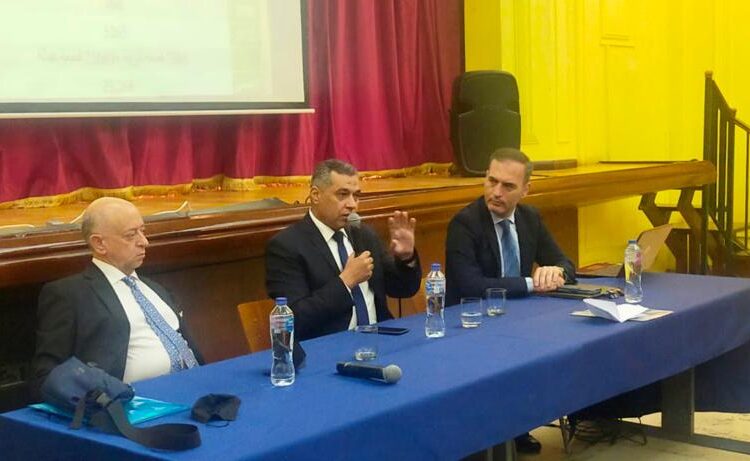The embassies of Mexico and Italy, with the collaboration of the Supreme Council of Antiquities in Egypt, organised a conference in Cairo on international co-operation against trafficking and for the recovery of cultural heritage.
Diplomats, academics and experts attended the conference at the Italian Cultural Centre to discuss ways to prevent the illegal export, import and transfer of cultural property.

Mexican Ambassador to Egypt Jose Octavio Tripp told The Egyptian Gazette stressed his government’s commitment to co-operating at the international level to recover Mexican cultural property and prevent its trafficking and sale abroad.
Egypt and Mexico are working together on this, the envoy said, referring to negotiations over an agreement to prevent trafficking.
“We are optimistic that in few months we will conclude the agreement,” he added.
Cultural Secretary of the International Italian-Latin American Organisation Jaime Nualart highlighted the importance of international co-operation against the theft, sale, trafficking and restitution of cultural heritage.
“The story of the theft, trafficking and misplacement of artistic and archaeological assets or historically valuable heritage is as old as the story of mankind,” Nualart said.
“It has affected every nation, and every country is potential source, transit route or destination for stolen goods,” Nualart added.
“The fight against these criminal acts is ongoing and requires the commitment of every person, society and the international community as a whole.
“It is clear that the challenges ahead of us are immense.
“The greater the awareness of society, the greater the crime prevention. The greater the law enforcement, the greater the deterrent, and the greater the international co-operation, the less threat of transnational trafficking.”
He also stressed the importance of sharing of inventories and databases between cultural institutions and law enforcement agencies of bibliographic, archaeological, historical, architectural, anthropological or ethnographic heritage objects and territories in addition to the digitisation of collections, protected natural areas and other materials of historical significance.




